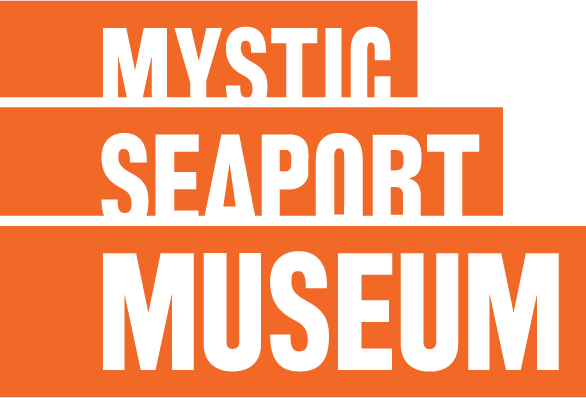
Mystic Seaport Museum honored Dawn Riley and Oakcliff Sailing with its 2018 America and the Sea Award. The prestigious award recognizes those individuals and organizations whose extraordinary achievements in the world of maritime exploration, competition, scholarship, and design best exemplify the American character. The award was presented at a gala fundraiser at the Metropolitan Club in New York City October 3.
Riley stands alone as the first woman to compete in both the America’s Cup and in the Whitbread Round the World Race, two of the pinnacles in the sport of sailing that prior to her had been all but closed to women sailors. Riley also went on to become the first American, male or female, to sail in three America’s Cups and two Whitbread Round the World Races.
“Dawn Riley has blazed the trail for women in sailing over the course of nearly three decades, and has had a tremendous impact on the sport, both as a competitor and as a teacher,” said Steve White, President of Mystic Seaport Museum. “She is in a class by herself, serving as an inspirational role model for young women and all sailors.”
[embedit snippet=”dawn-riley”]
Riley trains premier-level American sailors for future Olympic, America’s Cup, and other world-class level sailing competitions, and leads a movement to reinvigorate the sport in this country. One nexus of this movement is Oakcliff Sailing in Oyster Bay, N.Y., where she serves as Executive Director. A high-performance training center for sailors who have progressed beyond traditional coaching methods, Oakcliff’s vision is to “Build American Leaders through Sailing.” Riley’s leadership and the quality of the programs she oversees were recognized recently by New York Yacht Club’s American Magic, which is currently preparing a challenge for the 36th America’s Cup. This syndicate partnered with Oakcliff to recruit and train members for their America’s Cup Team.
Riley pursued an impressive racing career on the water punctuated by unprecedented accomplishments such as her role as the watch captain/engineer on Maiden, the first all-women’s team in the 1989-90 Whitbread Round the World Race; pit person for America3, winner of the 1992 America’s Cup and first woman to have an active role on an America’s Cup team; skipper of Heineken, the only all-women’s entry in the 1993-94 Whitbread Race; team captain of America3, the women’s team in the 1995 America’s Cup; 1999 US Sailing’s Rolex Yachtswoman of the Year; America True CEO and Captain in the 2000 America’s Cup; and winning skipper at the 2002 IC45 World Championships.
Past recipients of the America and the Sea Award include philanthropist and environmentalist David Rockefeller, Jr. ; oceanographer and explorer Sylvia Earle; historian David McCullough; legendary yacht designer Olin Stephens; President and CEO of Crowley Maritime Corporation, Thomas Crowley; philanthropist William Koch; former Secretary of the Navy John Lehman; WoodenBoat Publications founder Jon Wilson; yachtsman and author Gary Jobson; maritime industrialist Charles A. Robertson; author Nathaniel Philbrick; and Rod and Bob Johnstone and their company J/Boats.

















